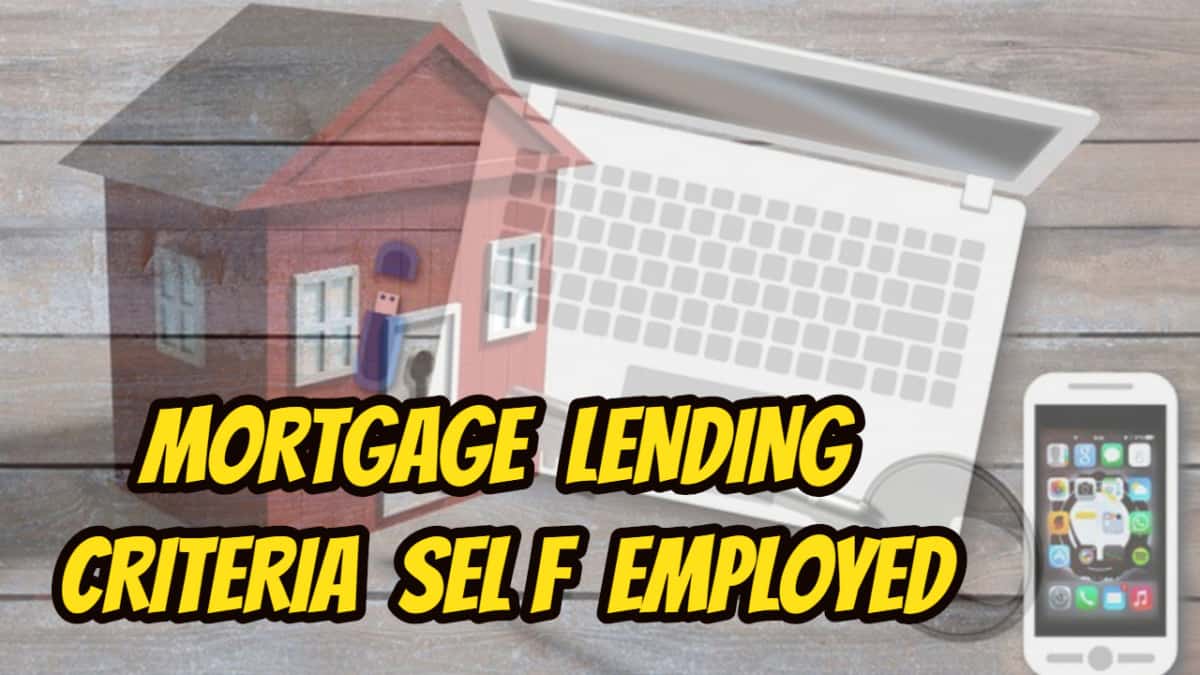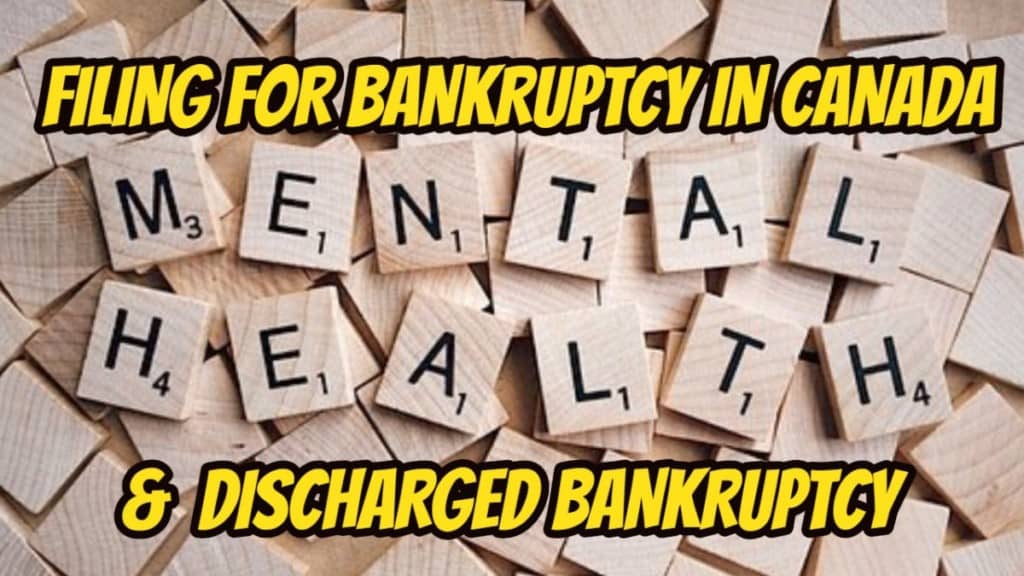
Mortgage lending criteria self employed: Introduction
Mortgagees rely upon the provincial land registry system to decide what obligations are secured against real property and in what order of priority. When it comes to mortgage lending criteria self employed, a recent Court decision has proven that when it comes to a self employed person’s mortgage, if there is a deemed trust claim by Canada Revenue Agency (CRA), you cannot solely rely upon the registry system.
Mortgage lending criteria self employed: The Court case
The Court case I am referring to is Canada v. Toronto-Dominion Bank, 2018 FC 538 (CanLII) which was heard in Federal Court. In this matter, the Crown on behalf of Her Majesty looked to recover funds Toronto-Dominion Bank (TD) obtained from one of its clients who repaid a loan secured by a home mortgage upon the sale of his house. The client was a self employed person.
The Crown claimed that there was an outstanding deemed trust claim for collected but unremitted GST. The Crown further claimed that the proceeds from the sale of the home collected by TD was subject to the CRA deemed trust claim, was property of Her Majesty and that TD had to pay it over. TD did not take the position that it had a registered first charge and can keep the funds. It argued that as a “bona fide purchaser for value” it is not subject to the deemed trust claim and does not have to pay over the money.
Mortgage lending criteria self employed: The undisputed facts
The borrower carried on a landscaping business as a sole proprietor. In 2007 and 2008, he collected and did not remit GST totaling $67,854. TD held both a registered mortgage and a home equity line of credit (HELOC) against the borrower’s home. The home was sold in 2011. The borrower repaid the mortgage and HELOC in full from the sale of the home.
Almost two years later in April 2013, CRA made demand on TD for repayment of $97,327, revised in 2015 by amended demand for $67,854. TD refused to pay.
Mortgage lending criteria self employed: What the Court said
The Federal Court reviewed the legislation. The Court decided that the funds paid to TD were proceeds of sale of his property. Therefore, it is covered by the deemed trust CRA claim. So the Court found that the requirements of Section 222 of the Excise Tax Act were met.
The Court agreed with the Crown’s position that the deemed trust Canada claim covered the debtor’s house. This is in spite of there was no registration on title and that the Bank had proper valid registrations. The Court further agreed that according to Section 222(3) of the Income Tax Act, the Bank has an obligation to pay over the proceeds it received which were impressed with the deemed trust.
The Judge disagreed with TD’s position. TD stated that the payment of proceeds only applied if a secured creditor enforces its security. This was not the case in this situation. The Court further disagreed with TD’s position that it was a bona fide purchaser for value. The Court agreed that money could be considered property available in such a defence. However, it stated that a secured creditor facing a deemed trust claim could not use that defence. TD also offered certain public policy issues in its defence, but the Court was not swayed.
TD is liable to pay over the amount of $67,854, interest and costs.
Mortgage lending criteria self employed: So what is the biggest myth?
The biggest myth is as follows. To find out what claims against the real property, you only have to perform a title search.
This is an important decision for mortgage lending criteria self employed people. Now TD is in the position of having to make demand on and possibly sue in 2018 its borrower who ostensibly repaid the loan in full in 2011! It would be suing as an unsecured creditor.
What this means for mortgagees is that they can no longer just accept funds from a self employed person who wishes to pay off a loan, be it a mortgage or other type of loan, from the sale of property. It also cannot merely accept funds to pay off a loan from a self employed individual’s business bank account.
Mortgage lending criteria self employed: So what is the fix?
Rather, the lender also must now get a true copy of a statement from CRA showing that there are no amounts owing by the self employed person on account of either HST or source deductions as the employer of others.
Lenders would also be well advised to add language to their loan term sheet, loan documents and any other documents issued when a loan is repaid. The new language would be an attestation by the self employed borrower that there are no amounts owing to any government authority that would be considered or deemed to be a trust claim.
Further, the language would have to make it clear that in the event there were any such amounts owing, even if the loan was fully repaid, the lender had the right to demand and sue the borrower for any amounts proven to be a deemed trust claim that the lender was required to pay over to the government at some later date.
No doubt this case will be relied upon by Her Majesty when the Callidus Capital Corporation v. Her Majesty the Queen case is heard by the Supreme Court of Canada in November 2018
Mortgage lending criteria self employed: Does your business need HST and source deductions you collected to stay afloat?
Does your business need HST and source deductions you collected to stay afloat? Can your business not afford to pay over to the government deemed trust claim amounts collected? If so, then your business is in trouble and requires restructuring immediately. You need the advice of a professional trustee now!
The Ira Smith Team have decades of experience in complex corporate and other business financial restructurings. We first look at how we can reorganize and restructure your business to rescue it. You are worried because your business is facing significant financial challenges. The stress placed upon you because of your business’s financial challenges are enormous. We understand your pain points, and we know how to relieve them for you.
If you or your company cannot survive without a restructuring, contact Ira Smith Trustee & Receiver Inc. NOW for a free consultation. You are just one phone call away from getting back on the road to financial health and reducing your stress levels, Starting Over, Starting Now.















